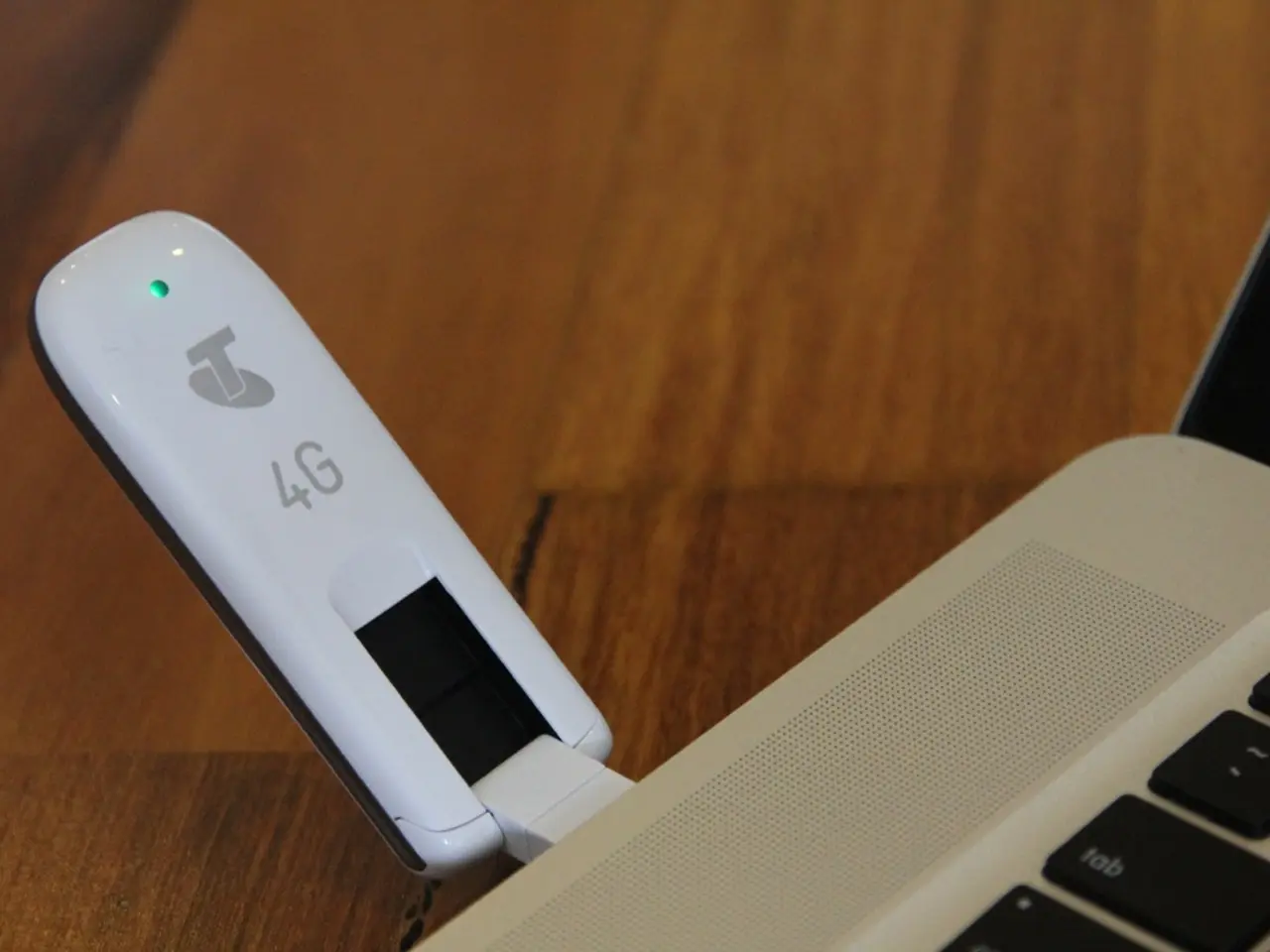The Evolution of Advertising: Transforming American Culture from Traditional Media to the Digital Age
=====================================================================
The digital era has brought a monumental shift in advertising, further transforming American life. This transformation began in the late 19th century, as advertising expanded rapidly alongside business growth in the United States.
In the initial stages, advertising agencies brokered newspaper space, eventually developing full campaign creation, including artwork and copywriting. The Industrial Revolution spurred broader consumer markets and mass production, requiring more strategic advertising methods. By the early 20th century, agencies could plan and execute comprehensive campaigns, reflecting a shift from straightforward product announcements to emotional and behavioral targeting.
The "Golden Age" of advertising (1900–1949) introduced radio, which added voice and music to advertising, allowing emotional connections with audiences. The mid-20th century "Mad Men Era" (1950s–1980s) saw television combine sight, sound, and storytelling, creating iconic campaigns and brand characters.
The digital age began in the 1990s with the first clickable banner ad in 1994. This marked a shift from "best guess" advertising to data-driven, measurable performance marketing. Search engines introduced intent-based targeting, linking consumer interest directly to ads, while email and later social media platforms transformed how brands engaged with consumers interactively and socially.
The rise of e-commerce platforms revolutionized the way products and services were bought and sold, influencing consumer behavior and expectations. Social media influencers gained prominence, offering a new way for advertisers to reach their target audience through authentic and relatable content.
In recent years, digital advertising has seen a shift away from reliance on dominant "walled garden" platforms like Google and Meta, toward first-party data and measurement, enabling brands to gain more control and transparency over their advertising efforts. The integration of AI and advanced analytics is reshaping advertising strategies, promising even more personalized and efficient campaigns.
Interactive and immersive experiences, such as virtual reality (VR) and augmented reality (AR) technologies, have become possible in advertising, further blurring the lines between reality and marketing.
It is essential to be mindful of the impact advertising has on our lives and make informed choices that align with our values and aspirations. Advertising, as we know it today, has shifted from simple announcements to immersive, data-driven storytelling that shapes consumer culture, influences purchasing habits, and reflects societal values—impacting American life from the print age through radio, TV, and now into the digital era of social media and AI-driven marketing.
E-commerce platforms have changed the landscape of online shopping, enabling consumers to conveniently purchase goods and services from the comfort of their lifestyles. The financial aspect of these transactions is handled through secure digital transactions, underpinned by the advancements in technology. Furthermore, technology continues to evolve, with virtual reality and augmented reality potentially providing immersive shopping experiences in the future, further blurring the lines between reality and marketing.




